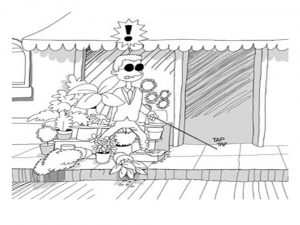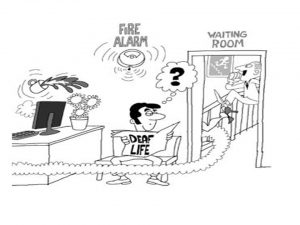Barriers to Inclusion
An inclusive society embraces the diversity of all people irrespective or race, gender, disability or any other difference. It’s about eliminating discrimination, ensuring respect and equal opportunities for all. Placing a value on all people, no matter what.
Despite the efforts of NPOs that work with and for persons with disabilities who work very hard at combatting inaccessibility, there is an extraordinary amount of work that still needs to be done. There is a common perception that disability equals wheelchair (which couldn’t be further from the truth) and this misperception is one of the causes of the exclusion of persons with other disabilities.
So what are the barriers that persons with disabilities face in their everyday lives?
While physical barriers like steps and narrow walkways are definite barriers for wheelchair users, there are other barriers that exist, particularly to those with sensory and invisible disabilities.
There are 4 types of barriers :
- Physical
- Information
- Communication
- Attitudinal
Physical is the architecture of the environment, including but not limited to pavements, walkways, parking areas, buildings and so on.
Information includes all means of transferring information – websites, email facilities, advertising, and others.
Communication covers the means of communication: in a company it would be internal company announcements, communication at the front desk, communication at meetings, and so on, OR public service announcements, news reports on television, public events, and so on.
Perhaps the largest barrier is attitudinal (the attitudes that people have towards disability) which are the most difficult to change. It is relatively simple to purchase an assistive devices or build a ramp to the entrance of a building but to change the way people think, and have always thought, about disability takes a lot more time and effort.
It’s a lot more encompassing that you first thought when you began reading this blog, not so? And being such a wide concept, where and how does one begin to address this?
For us here at Western Cape APD, it all starts with changing people’s perceptions. Only once somebody understands disability and the daily challenges faced by persons with disabilities , can we hope to change their thinking about inclusion. And only once thinking has changed will people be open to addressing the other barriers. If one doesn’t understand how a barrier affects someone with a disability, you won’t see the need to change it.
Our contribution towards changing mindsets includes raising awareness at companies and training them on the inclusion of persons with disabilities in the workplace, which includes talks and sensitisation sessions with staff and management, assisting with ensuring internal policies are inclusive of disability, and accessibility of the workplace.
We also participate in the Nappy Run which is a project of our national body, the National Council of and for Persons with Disabilities, aimed at including children with severe disabilities in schools by focussing public attention of the desperate need for nappies in poorer communities, collecting donations of nappies and distributing to those families who have no other recourse for assistance.
So as I said earlier, there are many organisations that have projects aimed at a particular aspect of accessibility of society, so at some point we will get there but we cannot do it alone. We need everybody to work together. I would encourage you to get involved in any local campaigns around inclusion and accessibility in your area, and spread the word!



